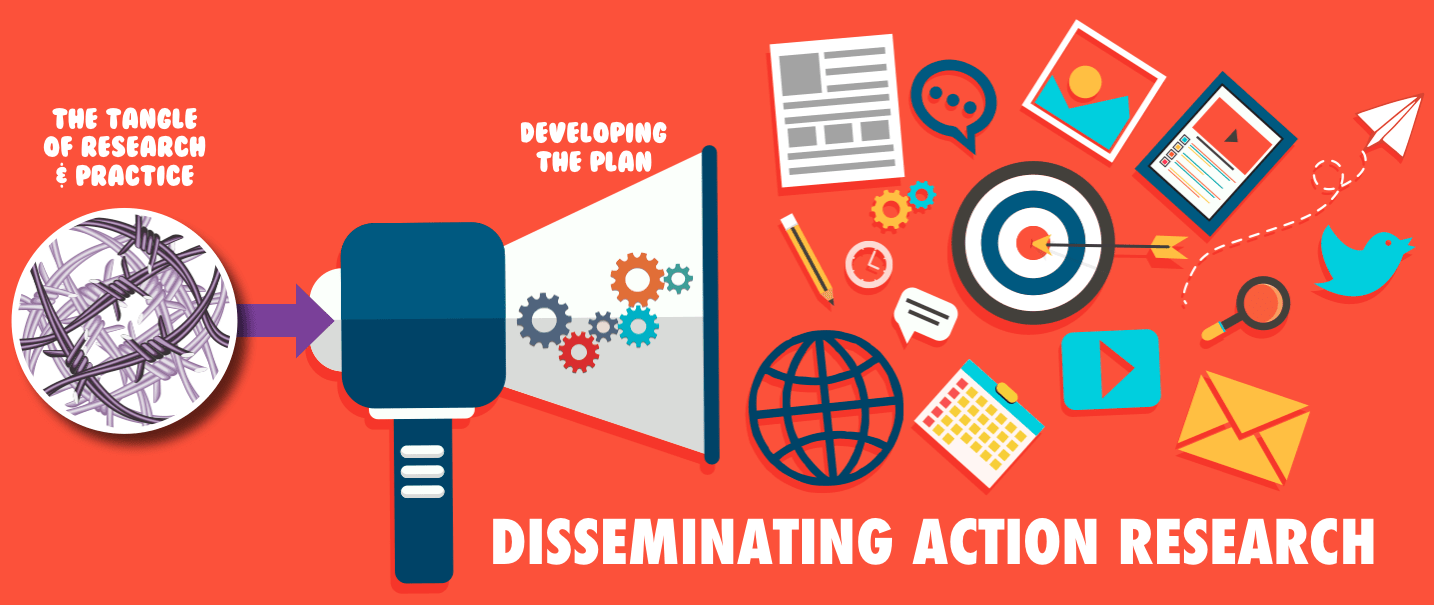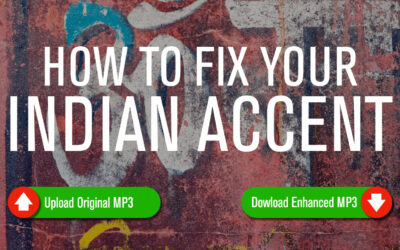We just completed our symposium at SITE titled: Breaking Disciplinary Boundaries in 21st Century Learning: Creative Teaching with Digital Technologies. The symposium consisted of 7 presentations followed a summary by Teresa Foulger (of Arizona State University). In brief, we argued the following:
The past few decades have seen a tremendous burst of creativity and innovation fueled by digital technologies. From Google to YouTube, from cloud computing to mobile devices, new technologies have had an immense impact on how we live, work, play, and thereby how we teach and learn (Florida, 2002). Given the relationship between creativity and technology, it is not surprising that educators have argued that teaching and learning in the 21st century must emphasize both the issues of technology and creativity (Mishra & The Deep-Play Research Group, 2012). This symposium suggests that a new framework for creativity – trans-disciplinary thinking – provides an invaluable set of meta-level cognitive skills for flexible use in creatively teaching with technology (Mishra, Koehler & Henriksen). Presentations will describe the framework, present a broader context for 21st century skills such as technology and creative thinking, and discuss a range of examples of ways this framework has been used by skillful, creative K-12 teachers. The symposium will conclude by describing new directions for research relating to trans-disciplinary thinking among teachers learning to use the framework.
The complete set of slides that went with the presentations can be found below, as well as brief descriptions of each of the presentations.
Here is a set of photographs from the symposium:
The presentations were as follows:
- Creativity, technology, and trans-disciplinary thinking: An overview — Punya Mishra
There is a paradox at the heart of creativity: creativity requires both deep disciplinary knowledge and also the ability to break disciplinary boundaries and transfer ideas across subject matters (Davis & Gardner, 1992). To manage this paradox, we offer a framework for creative teaching and learning that is broad enough to be used across varying disciplines, yet flexible enough to work within each discipline. “Trans-disciplinary thinking” offers just such a set of meta-level thinking skills, which respects the importance of disciplinary knowledge while allowing for novel connections between them (Root-Bernstein, 1996; 1999; 2003; Mishra, Koehler and Henriksen, 2011; Henriksen, 2011). This is an open yet guiding structure that involves a range of specific cognitive skills including: perceiving, patterning, abstracting, embodied thinking, modeling, play, and synthesis. These skills allow people to transfer information creatively from one domain to another, solving problems or developing unique insights by seeing things in a new way (Gardner, 1992). This is particularly relevant in the context of educational technology, because technology also allows people develop these skills in powerful and creative ways. This first presentation will set the stage for the presentations to follow by introducing the trans-disciplinary framework, the need for creativity and the role that technology can play in this process.
- 21st Century Skills: What do educators really think — Chris Fahnoe
21st century learning has been receiving a great deal of attention recently, particularly when it comes to skills like creative thinking and fluency with technology in the classroom (Starko, 2005). There are a range of reports, white papers, books that seek to list, explain and expound the kinds of competencies, skills and knowledge that students need to inculcate, in order to be successful in the future (White, 2010). Consistent with these goals are suggestions and recommendations for educators and teachers that would help students achieve these goals (Robinson, 2003). These discussions notwithstanding, there is little research on what educators actually think when they hear the phrase 21st century learning. This research project seeks to address this gap through the development and implementation of a survey focused on gathering information from a wide swath of educators on their conceptions of term “21st century learning”. The design of the survey was based on a synthesis (Kereluik & Mishra, submitted; Mishra & Kereluik, 2011) of over 15 different frameworks (Gardner, 2008; Zhao, 2009; Pink, 2005; Partnership for 21st Century Learning, 2007; European Union, 2006). In this presentation we will describe the survey, along with information from respondents to provide a better understanding of educational perspectives of 21st century changes.
- We teach who we are: Trans-disciplinary thinking among exceptional teachers — Danah Henriksen
It has been suggested that talented or innovative thinkers in a variety of disciplines employ similar kinds of creative thinking skills (Root-Bernstein, 1996; 1999; 2003; Freedman, 2003). This presentation focuses on a qualitative study of these issues among highly accomplished K-12 teachers (winners or finalists for the National Teacher of the Year award). The purpose of this study was to examine how highly-skilled teachers function creatively in the classroom, including how they build creativity into their teaching practices, and how they use interesting or innovative means of teaching (with varied technologies and contexts for 21st century learning). This research also considers how creative interests/pursuits inspire effective ideas for excellent teaching in modern classrooms. The importance of learning experiences that are real-world based and relevant to students, in a very Deweyan sense, is explored along with the importance of imagination and play (Dewey, 1934; Vygotsky, 1960). The presentation will provide specific examples of how trans-disciplinary thinking skills naturally occur in the approaches, classrooms and teaching practices of successful creative teachers. Given this research, the next two presentations focus on how we can help practicing teachers develop their trans-disciplinary creative teaching skills, particularly in technology settings.
- Trans-disciplinary creativity by design: The case of an intensive face to face program — Mike DeSchryver
This presentation recounts the experience of Master’s of Educational Technology students in a set of three courses that are integrated over four weeks of face-to-face meetings (for seven hours a day), with significant expectations for work beyond that scope. This environment provides an excellent opportunity for instructors to: (1) facilitate a deep theoretical understanding of trans-disciplinary creativity and its component elements; (2) instantiate trans-disciplinary creative thinking through innovative educational technology assignments; (3) experiment with time structures more consistent with concerted trans-disciplinary creativity than traditional classrooms (Miller, 1999; Root-Bernstein, 2003). In this presentation, we will explore how each of these is accomplished. We will discuss the non-traditional ways we incorporate trans-disciplinary thinking (Root-Bernstein, 1999), how we balance daily creative practice with and without technology in varied projects, and the different ways we juggle the time expectations of our students to maximize their creative output (Lilly & Bramwell–Rejskind, 2004).
- Trans-disciplinary creativity by design: The case of an online ed tech course — Kristen Kereluik
This presentation focuses on the application of creativity around 21st century frameworks and trans-disciplinary skills (Mishra, Koehler, and Henriksen, 2011) in a fully online, educational technology Master’s seminar. Students in this seminar, many of whom are practicing teachers, complete a series of design activities for a more “creative” curriculum (Lewis, 2008). Student work around the seven cognitive skills in the Master’s seminar will be highlighted, as well as each activities connection to 21st century knowledge. Student projects are organized around the seven skills of perceiving (observation), patterning, abstracting, embodied thinking, modeling, play, and synthesis. These require that they develop technology-driven learning experiences and artifacts based on each creative cognitive skill. This may mean anything from hypertext poetry on “patterning”, to art lessons on the skill of “play” through online collaborative art games, to “embodied thinking” in science by building models of scientific phenomena. While there is a great variety of content and genre, these learning activities all showcase trans-disciplinary creative skills through technology for learning.
- Mapping trans-disciplinary creativity: A multi-dimensional research study — Laura Terry
Teachers’ understanding and implementation of creative trans-disciplinary thinking is a critical component for instantiating these skills in their teaching (Amabile, 1998; Lewis, 2008). While this creative implementation of trans-disciplinary thinking is a key first step to making the framework tangible for classroom teaching (Cropley, 2003; Starko, 2005), it’s also important to build a research-based view of this endeavor. This presentation reports a current qualitative research study that investigates how in-service teachers utilize the seven trans-disciplinary skills to develop creative learning activities. We will describe the development of an instrument designed for evaluating creativity in teaching artifacts (based on a scale measure of how novel, effective, and whole an artifact is), and discuss the methodological processes that guided this research. Our results showcases effective uses of these creative thinking skills, as well as trends in the data across specific skills and domains. Further implications for future research and practices for creative teaching with technology and teacher education programs will be discussed.
- Synthesis: Making the pieces fit – Punya Mishra
- Discussion – Teresa Foulger



























0 Comments
Trackbacks/Pingbacks